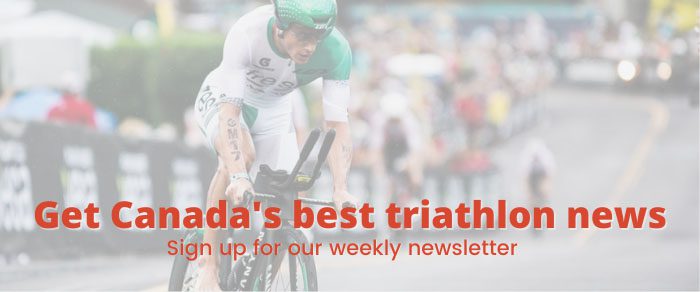Three months to your first triathlon
Here's how to get started
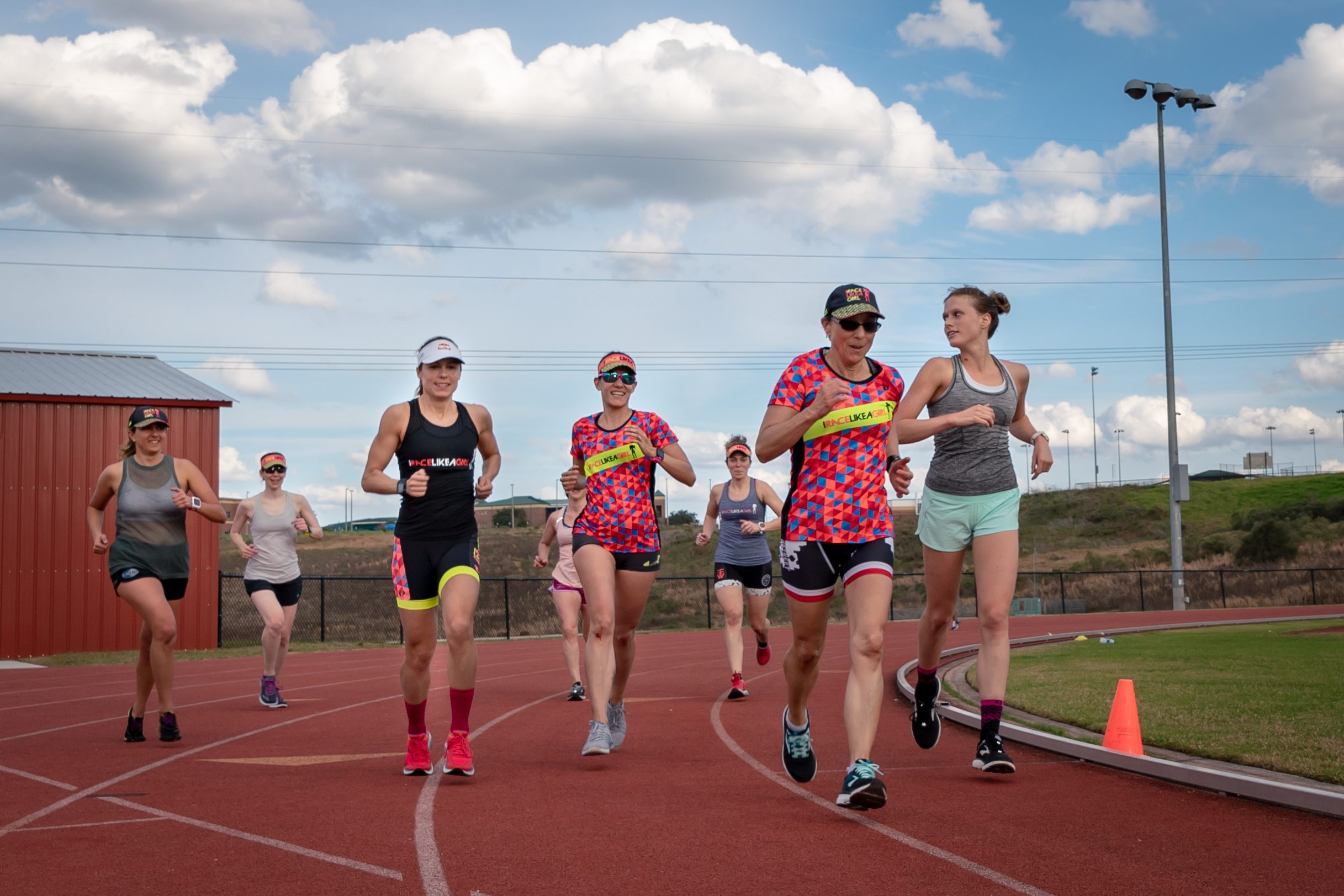
Doing your first triathlon can be exciting, intimidating and nerve-racking. It doesn’t have to be that scary, though. Armed with the right attitude, training and appropriate equipment, getting through that first race is very attainable. To help you master your first race (or make your next race that much more fun), here are some tips collected from our 200+ members of iracelikeagirl, along with some of my own insights as a professional triathlete and coach.
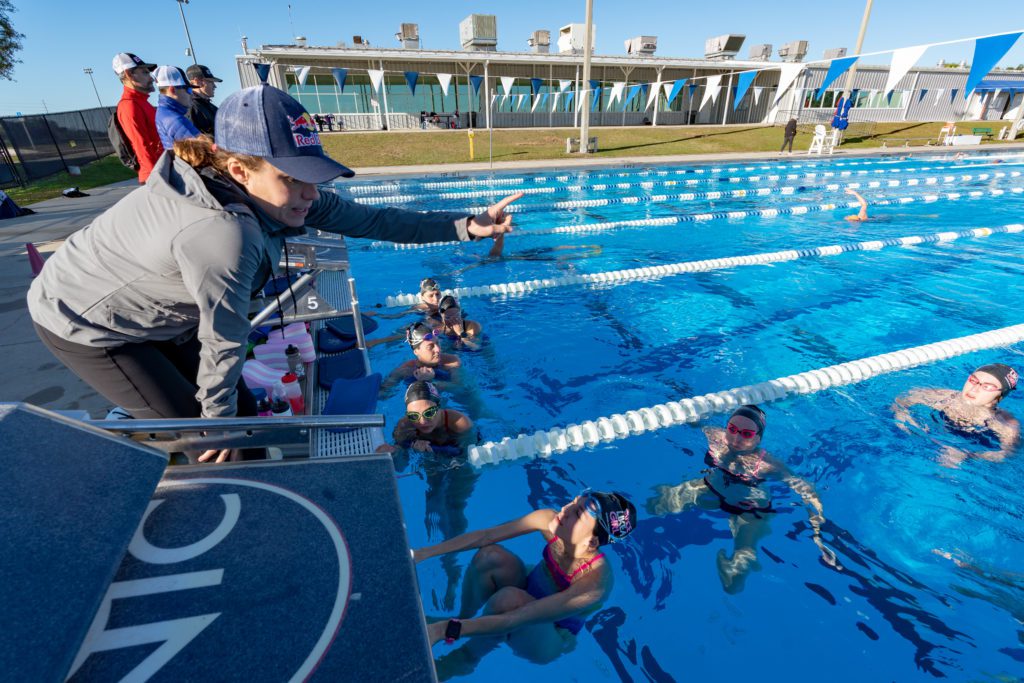
Whether it’s your first sprint-distance, Olympic, half- or full-distance race, a solid foundation of training is key. Each triathlon distance has its own needs for the duration of training. I highly recommend getting a coach or finding some other support as you venture into longer distances. There are a lot of factors that come into play: nutrition, training, recovery, race plan and lifestyle as the distances get longer. For the most part, though, you’ll be best to remember these three words as you take on your first triathlon challenge: keep it simple.
Related: How to move up to a sprint triathlon
Where do I start?
- Join a triathlon group: Check your local tri stores, or even gyms, for groups or beginner triathlon plans.
- Watch YouTube videos on triathlon
- Start with a local sprint triathlon, aquathlon, relay or duathlon
- In training try to build into completing all the distances individually, and include a couple of bike-to-run transitions
- Volunteer at a local race
Related: Triathlete to duathlete: Why you should do a triathlon
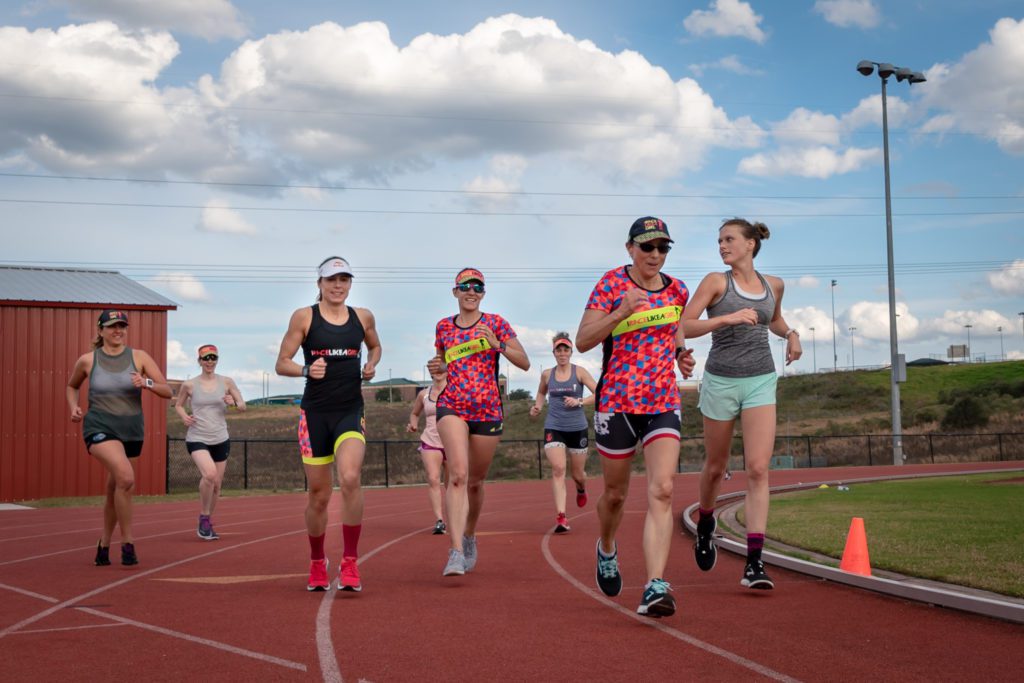
How do I train?
Twelve weeks is a good amount of time to prepare for your first sprint- or standard-distance triathlon. A half-distance race can be done with an aerobic foundation of training in all disciplines. Your training each week should roughly add up to two to three swims, two to three bikes and two to three runs, one of which should be done right after a bike ride. Begin with training in all three disciplines and slowly work toward the distance required to complete that portion of the race (this is different for Ironman training, though). No matter what the distance, Triathlon is about strength and endurance. Keep the intensity of your training primarily at an aerobic “talking” pace. After six to eight weeks, slowly start to build into more intensity by adding a small bout of it in each discipline. There are a number of beginner triathlon programs on the internet. Hiring a coach is definitely an option to help the learning curve. We have a free 12-week training plan for all beginners with iracelikeagirl.
Related: How to train for your first half-Ironman
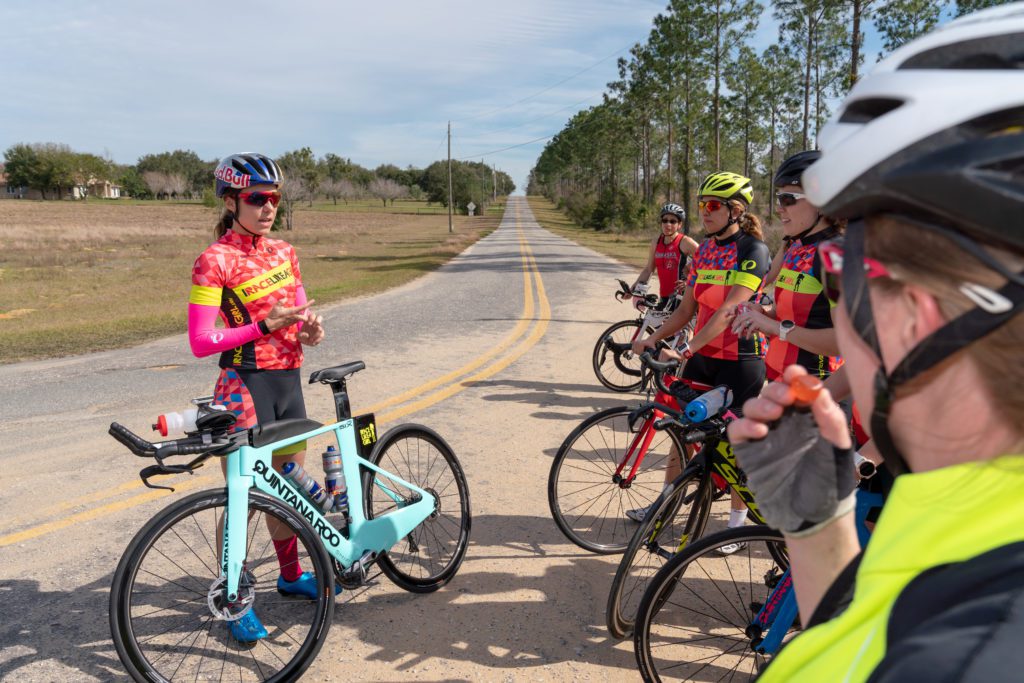
How do I become a better swimmer?
- You want to feel comfortable when swimming: Think of the swim as a warm-up to the rest of the day. If there is a time limit, do what it takes to feel comfortable making that time.
- Master Groups are a great way to start training for the swim and also get some guidance on your technique. Seek out a masters group in your area. Most, if not all, are very accommodating for everyone from beginners to veterans.
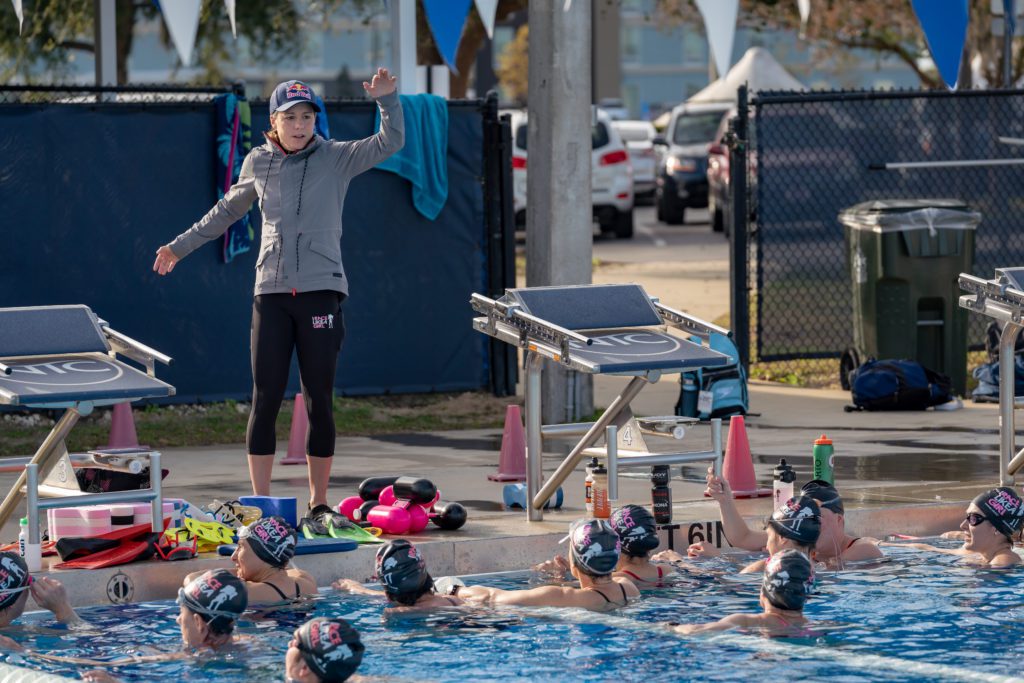
What kind of equipment do I need?
- The Starter Package: a wetsuit (if you’ll be in cold water), goggles, a bike, running shoes, a helmet, tri shorts, a tri suit or something you can comfortably race in.
- You don’t need a tri bike: In fact, I wouldn’t suggest most beginners get one. Borrow a bike or use what you have. If you want to invest in a bike, I think getting a road bike is the way to go. It will be much more useable in your day to day life. Wearing running shoes on your bike is totally OK. It’s an expensive sport if you let it be, but it doesn’t have to be. There are so many shorter races that are geared towards beginners – find one that works for you.
- Get a road bike, wetsuit and read the rules: That’s all you need. The best thing that anyone has told me is not to worry about what other people are doing or wearing, focus just on you. I did a sprint for my first triathlon to see if I would like it. It seemed fun.
- You want to feel comfortable on the saddle: Comfortable miles are fast miles. Get a bike fit and spend enough time on the bike to know you can hold your form for the length of your ride.
Related: How to move up to the Ironman distance
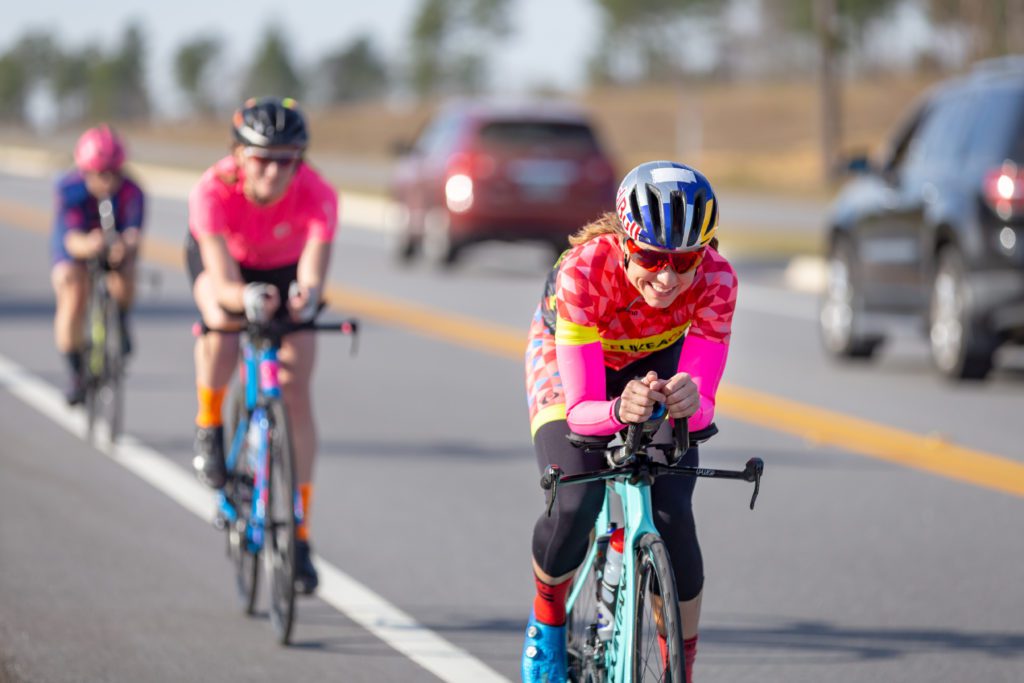
What should I eat and drink?
Carbohydrates are your primary fuel source. The best way to get these and electrolytes, is to use a sports drink that includes six to eight per cent carbohydrate. Drinking one bottle every hour, along with a gel or something similar (chews, for example), is a good start to fueling during training and racing. Keep it simple.
Your first triathlon will always be a personal best, so go have fun. If you like it, you’ll also figure out what you need to do to make the next one even better.
You can read more in our March/April 2019 issue of Triathlon Magazine Canada.
